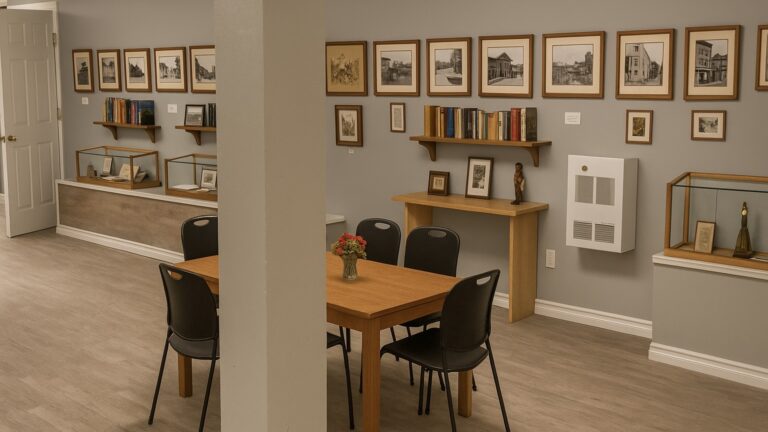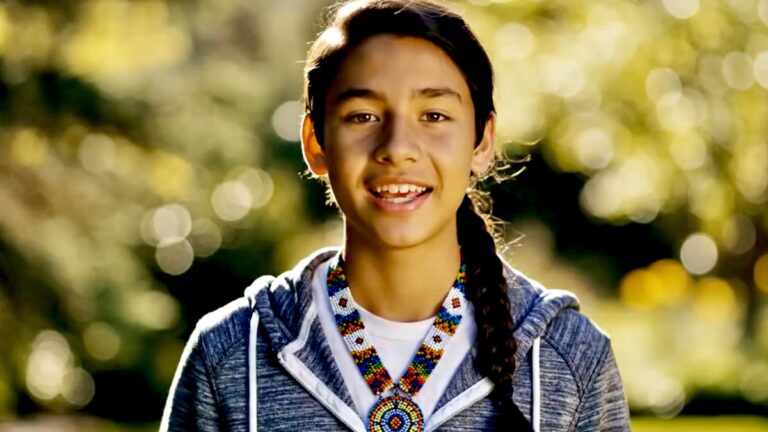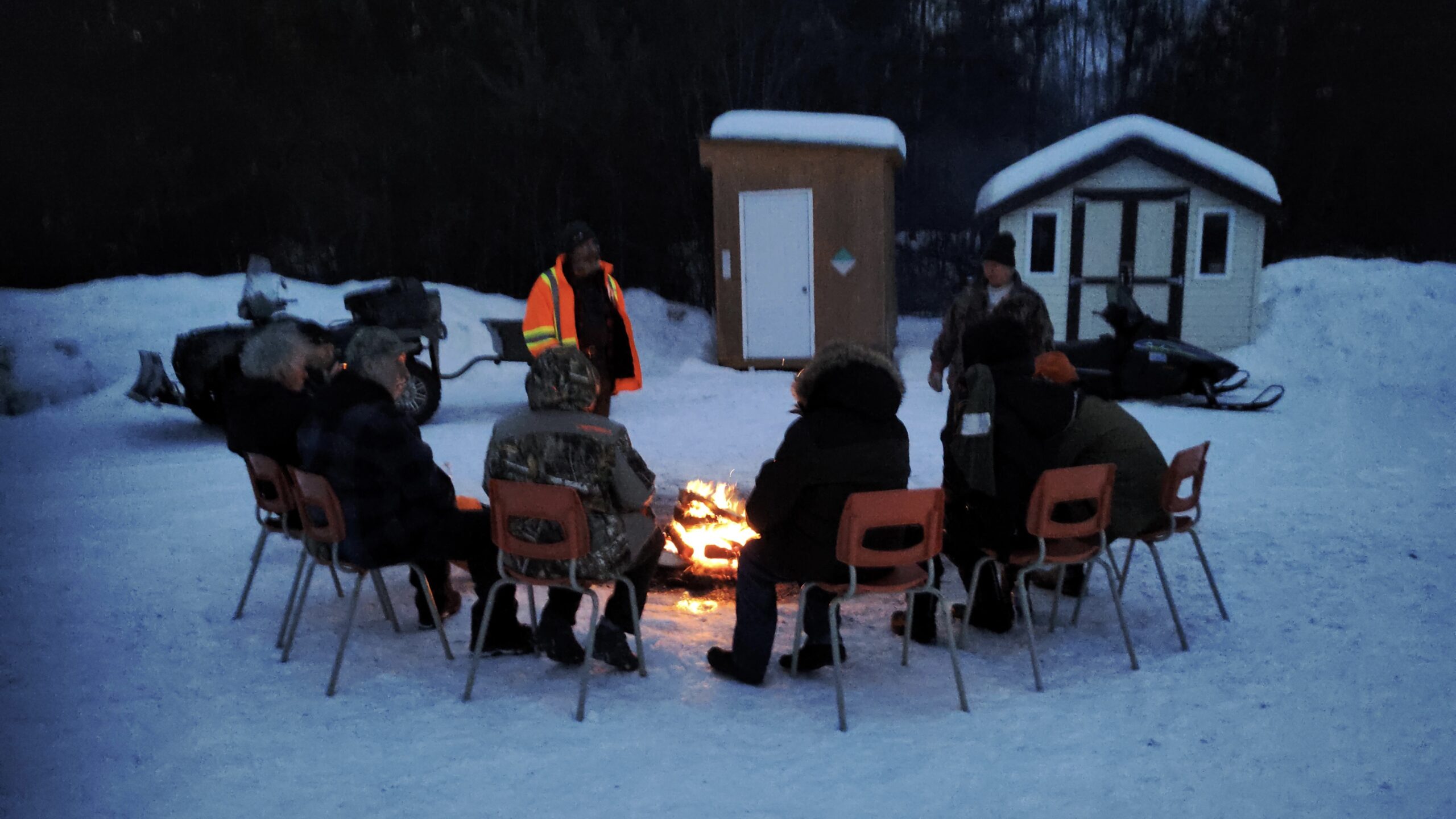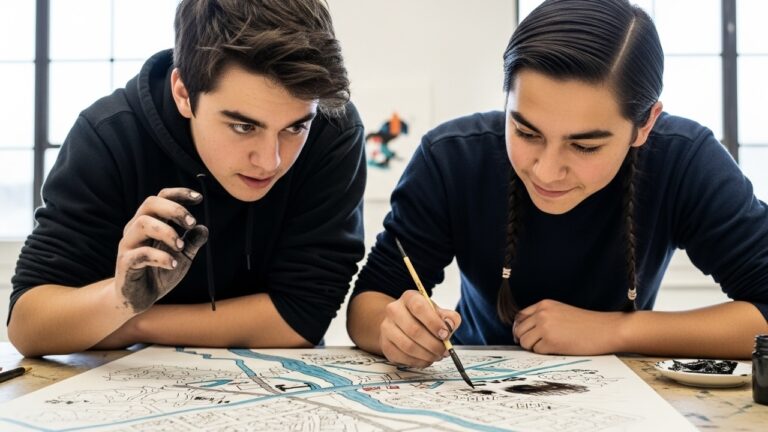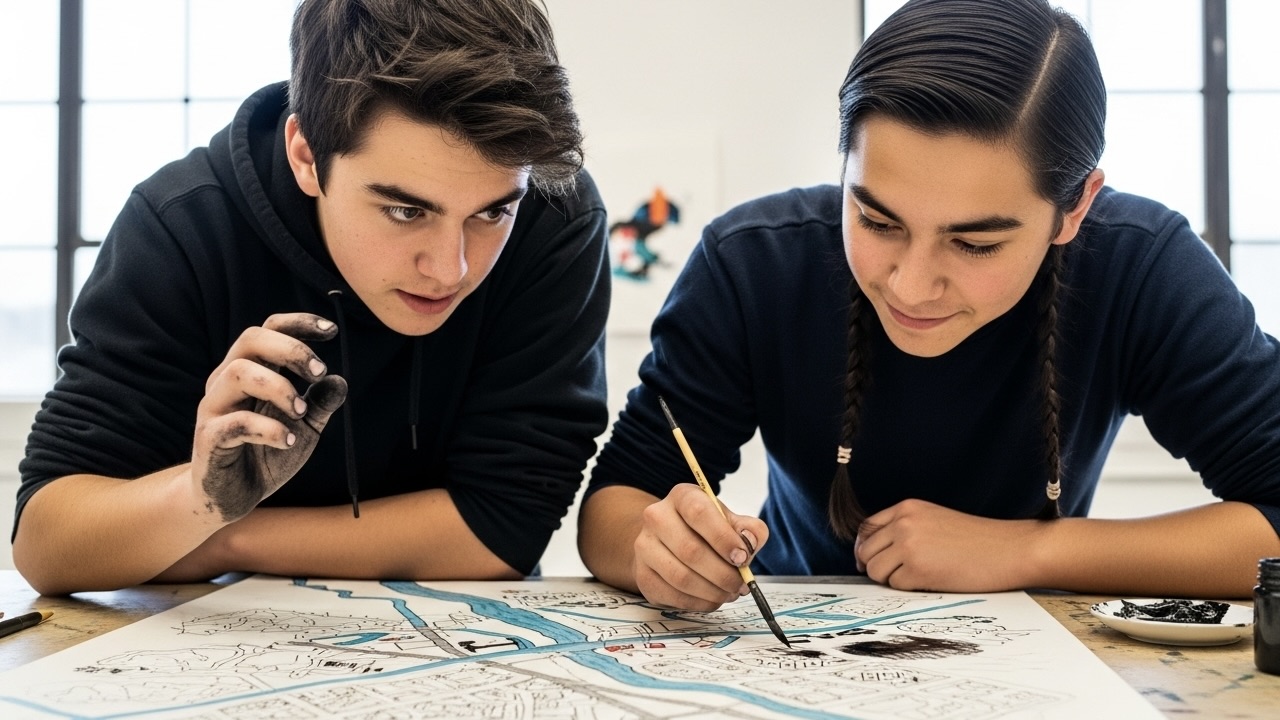
Shifting focus from outputs to AI system design unlocks new possibilities for structured, collaborative, and scalable creativity.
How building intelligent AI workflows turns system design into the new frontier of creative work
Most conversations about AI in the arts focus on what it produces — images, text, or music. But the real frontier isn’t the output; it’s the system behind the output. The future of creativity lies not in asking an AI to “write a story” or “draw a picture,” but in designing the pipelines, rules, and structures that make complex creative projects possible.
Think of it this way: you can admire a single painting on the wall, but the most fascinating work happens in the studio where dozens of artists, technicians, and designers are coordinating hundreds of moving pieces. You don’t see the scaffolding, the workflow, or the processes — yet all of that is what makes the finished piece possible. In AI, the same principle applies.
Designing AI systems is about crafting the architecture of creativity itself. It’s deciding which components should handle which tasks, how they communicate, what constraints they follow, and how errors are caught and corrected. It’s about anticipating complexity and building pipelines that are robust, auditable, and flexible. That’s where human ingenuity matters most: not in pressing “generate,” but in engineering a system capable of creative collaboration.
This is a shift in how we define creativity. Instead of being the one who produces every final piece, the system designer is the one who decides how creativity flows: which AI components interact, in what order, and under what rules. This means thinking in layers: the underlying AI agents, the orchestration logic, the validation checks, and the data structures that connect everything. Designing these layers is a creative act — it’s constructing a machine that can produce meaningful outputs while maintaining artistic coherence, ethical alignment, and technical reliability.
What’s exciting is that this approach opens entirely new possibilities. Instead of being limited by what a single model can do at a time, you can compose AI agents like building blocks. One agent might specialize in narrative structure, another in stylistic voice, another in visual storytelling. By connecting these components thoughtfully, you create systems that can explore ideas, iterate at scale, and combine modalities in ways that a single artist or single AI could never achieve alone.
Designing these systems also encourages experimentation and intentionality. Every rule you encode, every connection you make, and every loop you build is a decision about how creativity should behave. You can test different structures, explore branching workflows, or see how small changes ripple across a complex pipeline. The creative control comes not just from choosing what the AI produces, but from deciding how the system produces it.
Ultimately, this is where human expertise and AI converge most powerfully. Humans bring vision, judgment, and understanding of context. AI brings scale, speed, and the ability to handle complexity. But the bridge between the two — the place where the magic happens — is in the design of the system itself. Architects of AI pipelines are the new creators, shaping frameworks that transform human ideas into expansive, structured, and multi-dimensional projects.
So if you want to see where the real future of creativity is heading, look beyond the outputs. The future belongs to the people who can think systemically, who can design structures that enable AI to collaborate, iterate, and explore — and who can combine engineering and imagination into a single creative act.
About this project
ECO-STAR North invites artists, educators, and community leaders to join in co-creating new pathways forward — where innovation grows through experimental, participatory AI research. This project has been seeded in 2025 with generous support from the Minneapolis College of Art and Design Creative Entrepreneurship Program, Enterprise Development Group, The Arts Incubator Winnipeg, Art Borups Corners, the Manitoba Arts Council Indigenous 360 Program, The Labovitz School of Business and Economics at the University of Minnesota Duluth, The Ontario Arts Council Multi and Inter-Arts Projects program, and the OpenAI Researcher Access Program.

